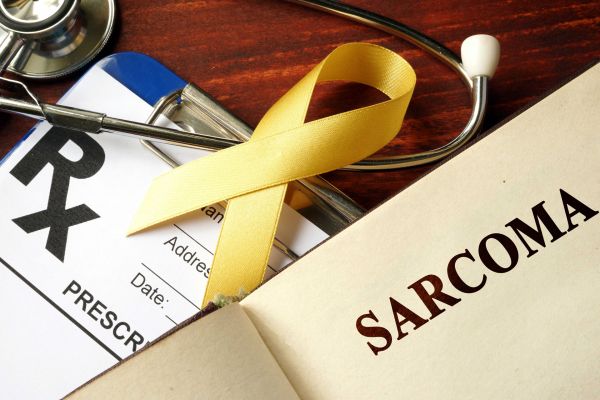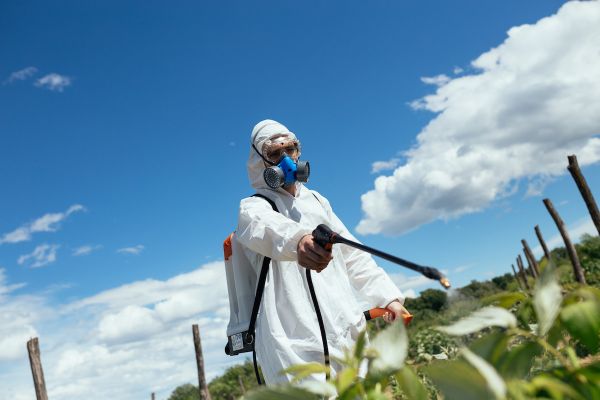“Any veteran who served anywhere in Vietnam during the war is presumed to have been exposed to Agent Orange.” – U.S. Dept. of Veterans Affairs
During the Vietnam War, the U.S. military sprayed the countryside in Vietnam, Cambodia and Laos with more than 19 million gallons of herbicides, including 11 million gallons of Agent Orange, a chemical blend named for the orange band on its storage barrels. The mission, code-named Operation Ranch Hand, aimed to kill vegetation where the Viet Cong could hide, destroy any crops they might use for food, and clear areas around military bases to prevent sneak attacks.
From 1962-1971, Agent Orange rained down from helicopters and C-123 aircraft onto farms, rice paddies, rivers, people and animals. It was sprayed across the landscape by riverboats, trucks and soldiers wearing backpack tanks. When the barrels were empty, U.S. troops and Vietnamese villagers sometimes used them as barbecue grills or makeshift showers.
Addressing safety concerns, in 1966 a U.S. State Department official assured the public that “the herbicides are nontoxic and not dangerous to man or animal life.” An Army chemical corpsman told the UPI news service, “We have frequently sprayed our own troops, and no one was harmed.”
But doubts began to creep in when service members who had been exposed to Agent Orange later developed type 2 diabetes, some types of cancer and other major health issues at a higher-than-normal rate. The children they conceived after coming home had higher-than-normal rates of birth defects.
A Highly Toxic Compound
In fact, the main ingredient in Agent Orange, dioxin TCDD, is a highly toxic compound that causes cancer, disrupts hormones and leads to other serious medical and reproductive problems. When people are exposed to dioxin, it builds up in fatty tissue and is stored in the body for years. Dioxin remains in the environment for decades — perhaps even centuries — impacting the food chain and continuing to pose a health hazard to people and animals.
It’s estimated that between 2.6 and 3.8 million U.S. service members were exposed to Agent Orange. Exposure was not limited to military personnel who served overseas: Contaminated C-123 aircraft that had been used to spray Agent Orange in Vietnam were still in use by the Air Force, including Reserve units, as late as 1981 — 10 years after the spraying operation had ended.
Never miss another Cancer Talk blog!
Sign up to receive our monthly Cancer Talk e-newsletter.
Sign up!The Red Cross of Vietnam estimates that three million Vietnamese were also exposed, with one million of those developing health problems as a result. That number includes 150,000 children who were born with serious birth defects.
Research Exposes the Links
In the years after the war, Vietnam veterans and their advocates pressed the federal government to recognize the link between Agent Orange and certain medical conditions. The Agent Orange Act of 1991 directed the National Academies of Sciences, Engineering and Medicine (NASEM) to review scientific evidence concerning those possible links and to issue reports every two years. It also called for the creation of a biobank of blood and tissue samples, provided voluntarily by veterans who served in Vietnam, to support the research, which continues today. As a result of the NASEM reports, the list of diseases presumed to be caused by Agent Orange continues to grow.
Today the U.S. Veterans Administration recognizes that exposure to Agent Orange or other herbicides during military service is the probable cause of these types of cancer in Vietnam veterans:
- Chronic B-cell leukemias
- Hodgkin lymphoma
- Non-Hodgkin lymphoma
- Multiple myeloma
- Prostate cancer
- Respiratory cancers (lung, larynx, trachea, bronchus)
- Soft tissue sarcomas (but not osteosarcoma, chondrosarcoma, Kaposi’s sarcoma or mesothelioma)
The Latest
In its 2016 report, the NASEM reported that there is suggestive evidence that Agent Orange/herbicide exposure is also related to bladder cancer, which means there could be a link, but more research is needed. In November 2018 they added that there is sufficient evidence to link Agent Orange/herbicide exposure to Monoclonal Gammopathy of Undetermined Significance (MGUS), which is not cancer but increases the risk of developing a type of cancer called multiple myeloma.
A decision about whether or not to add these and other conditions to the VA list of Agent Orange-associated diseases has been delayed multiple times over the past two years. VA officials have said more research is needed, stating that a decision will not be made until late 2020 at the earliest.
What to Know
If you served in Vietnam, specific locations in Thailand, the Korean Demilitarized Zone or specific other areas during the Vietnam era, or held specific jobs in the military at that time, the VA presumes that you were exposed to Agent Orange.
- You should share this information with your healthcare providers so they can determine whether you need additional cancer screening.
- Let your doctor know right away if you develop symptoms of any of the cancers or other diseases on the VA list of diseases associated with Agent Orange. New diseases are added to the list as ongoing research provides additional information, so check back from time to time for updates.
- If you have an illness on that list, you may be eligible for medical benefits and/or disability compensation.
- You may be eligible for a free Agent Orange Registry health exam, even if you are not ill and even if you are not enrolled in the VA health care system.
- If any of your children were born with birth defects, they may also be eligible for benefits.
- As of Jan. 1, 2020, if you served aboard a “blue water” Navy vessel offshore or on a Navy or Coast Guard ship in the coastal waterways of Vietnam between Jan. 9, 1962, and May 7, 1975, you are presumed to have been exposed to Agent Orange. You and your qualified dependents may be eligible for benefits.
Visit the U.S. Department of Veterans Affairs website for more information.



